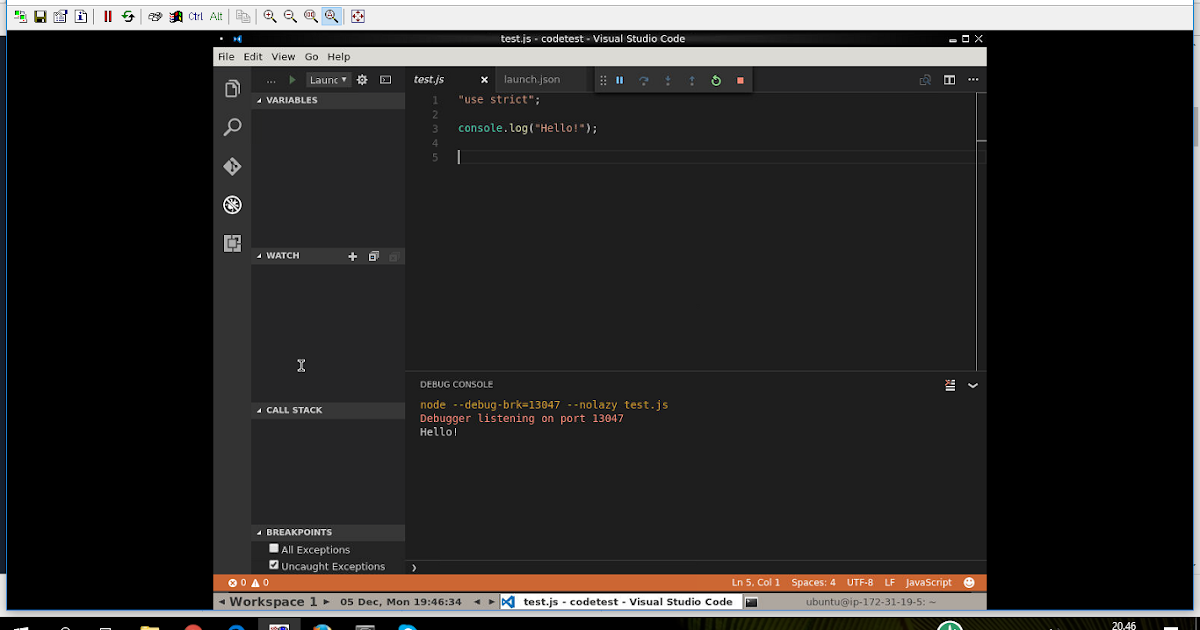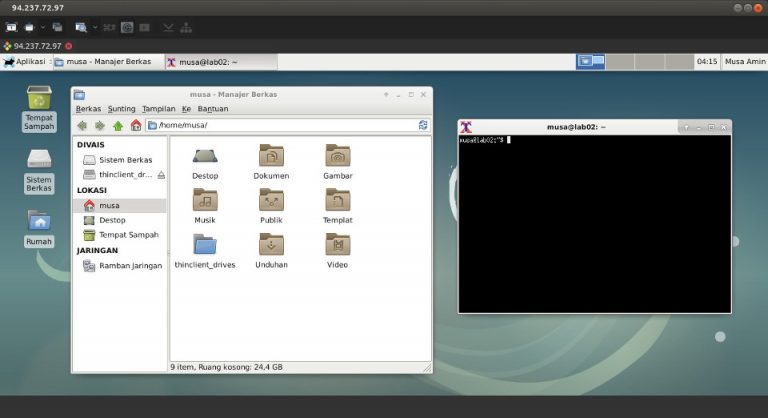


It will ask you to enter the password and verify it by adding it again. In this case, add the below password command in the shell to do so. To enable or launch the VNC server we need a very simple below command to be executed in the shell as follows: $ vncserverĪs we haven’t given any password to our server, hence we need to the add-up password for our server. Add the sudo password to continue the process. Use the apt query to install the packages listed underneath. Additional prominent VNC servers include TigerVNC as well as x11vnc. Select Package configuration and hit the OK button.Ĭonfigure the TightVNC server modules after finishing the XFCE workspace deployment. Tap “y” to affirm the process of installation. Try the stated query: $ sudo apt install xfce4 xfce4-goodies It is indeed a minimalistic desktop environment that aids in maintaining a reliable and seamless VNC connection. In this lesson, we’ll use the XFCE desktop environment. There are several options, including GNOME, MATE, XFCE, and others. Let’s start by installing a Desktop Environment on our Linux platform, which isn’t included by default. It takes a little while to get completed. Open the terminal suing Ctrl+Alt+T, and write the below query in it for the update.
APT INSTALL TIGERVNC UPDATE
To get started with VNC Server, we need to first update our system and apt package. In this tutorial, we will guide you to install and configure the TigerVNC server on your Ubuntu 20.04. It is indeed a client/server program that lets you communicate with graphical programs on other computers.

TigerVNC is a high-performance VNC server that may be used to remotely manage or view Linux-based desktops. TigerVNC, TightVNC, Vino, vnc4server, and far more applications are existing to remotely control Linux-based desktops. It is a fair and democratic replacement to Microsoft’s RDP (remote access protocol). Virtual Network Computing (VNC) is a visual screen-sharing solution that lets you operate another device remotely using your touchpad.


 0 kommentar(er)
0 kommentar(er)
